With the release of PowerCLI 13, VMware has introduced some major enhancements. One of the most exciting features is that PowerCLI is now fully Multi-platform, which means that all functions are available for all PowerShell Core supported operating systems including Windows, macOS, and Linux. If you are planning to use the ImageBuilder module, you will need to have Python 3.7 installed on your machine.
If you want to use ImageBuilder-based commands in PowerCLI 13, you might see the following error:
Add-EsxSoftwareDepot: Could not initialize the VMware.ImageBuilder PowerCLI module. Make sure that Python 3.7 is installed and that you have set the path to the Python executable by using Set-PowerCLIConfiguration -PythonPath. See the PowerCLI Compatibility Matrixes for information on the Python requirements.
This article explains how to install and configure PowerCLI 13 with Python 3.7 to be ready to use ImageBuilder.
Read More »How to Install PowerCLI 13 with Python 3.7 on Windows (Required for ImageBuilder)
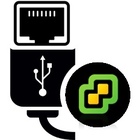 The USB Network Native Driver Fling is a popular driver for ESXi to allow the usage of USB-based Network cards. When you downloadaing the driver, you might notice that there are separate versions for each ESXi Update release (eg. 8.0 and 8.0U1). Both versions are only compatible with their corresponding ESXi version, which makes direct updates a little bit more complex.
The USB Network Native Driver Fling is a popular driver for ESXi to allow the usage of USB-based Network cards. When you downloadaing the driver, you might notice that there are separate versions for each ESXi Update release (eg. 8.0 and 8.0U1). Both versions are only compatible with their corresponding ESXi version, which makes direct updates a little bit more complex.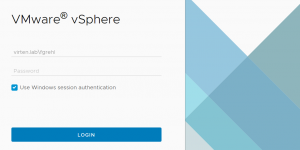
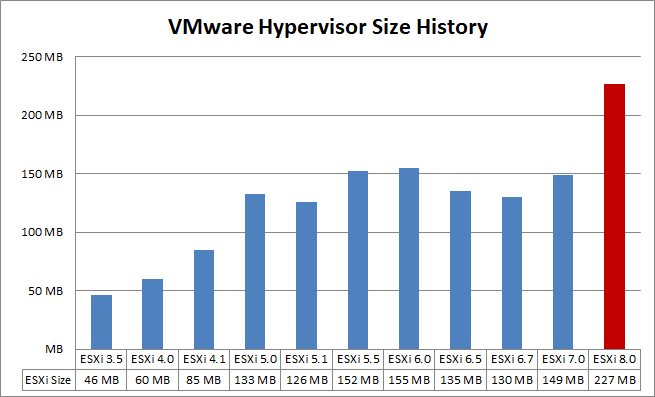

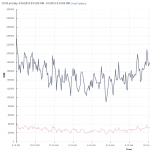 This is a list of all performance metrics that are available in vSphere vCenter Server 8.0. Performance counters can be viewed for Virtual Machines, Hosts, Clusters, Resource Pools, and other objects by opening Monitor > Performance > Advanced in the vSphere Client.
This is a list of all performance metrics that are available in vSphere vCenter Server 8.0. Performance counters can be viewed for Virtual Machines, Hosts, Clusters, Resource Pools, and other objects by opening Monitor > Performance > Advanced in the vSphere Client.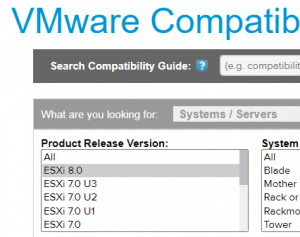 VMware vSphere 8.0 IA (
VMware vSphere 8.0 IA (